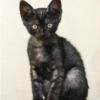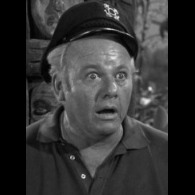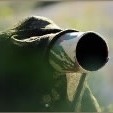ETTR, when and why
-
Recently Browsing 0 members
- No registered users viewing this page.
-
Similar Content
-
- 13 replies
- 659 views
-
- 21 replies
- 1,301 views
-
- 38 replies
- 1,774 views
-
- 2 replies
- 258 views
-
- 13 replies
- 865 views
-






Recommended Posts
Join the conversation
You can post now and register later. If you have an account, sign in now to post with your account.
Note: Your post will require moderator approval before it will be visible.